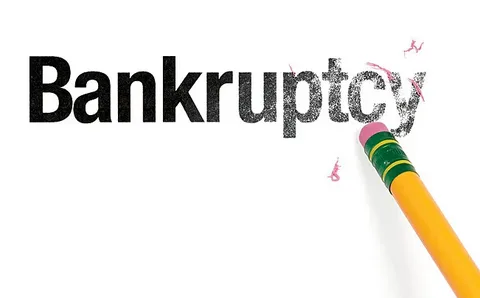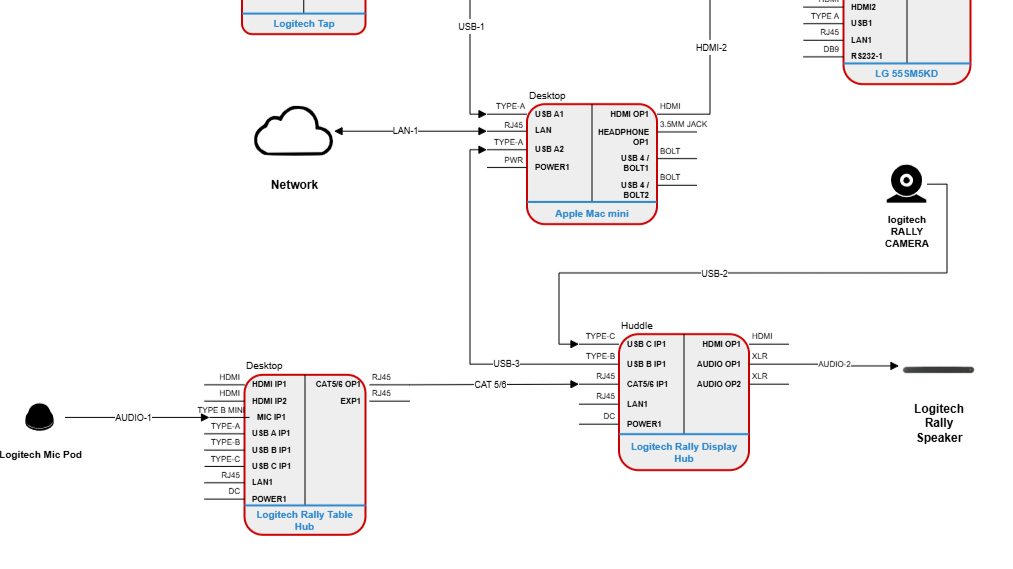Facing bankruptcy can feel overwhelming, but the good news is that it doesn’t have to define your financial future. While bankruptcy may remain on your credit report for up to ten years, there are smart strategies to potentially shorten its impact. If you want to remove bankruptcy early and begin rebuilding your credit scores, the process involves persistence, knowledge of your rights, and proactive financial management. With the right approach, you can speed up recovery and open the door to better opportunities for loans, credit, and financial freedom.
This article explores the most effective steps you can take to remove bankruptcy early from your record and improve your credit scores along the way. By understanding how bankruptcy works, using legal loopholes, challenging inaccuracies, and implementing strong financial practices, you can start fresh faster than you might think.
Understanding Bankruptcy and Its Impact on Credit
Bankruptcy is a legal process that provides relief to individuals or businesses overwhelmed with debt. While it eliminates certain obligations, it also leaves a significant mark on your credit report. A Chapter 7 bankruptcy can remain for up to ten years, while a Chapter 13 bankruptcy usually stays for seven years. During this time, lenders view you as a higher-risk borrower, which makes it harder to qualify for credit cards, loans, or even housing. This is why many people look for ways to remove bankruptcy early and regain financial stability.
The impact of bankruptcy on your credit score varies depending on your financial history before filing. If you had a good credit score, you may see a steep drop, while those with already poor credit might notice less change. Regardless, bankruptcy limits your access to affordable credit. However, bankruptcy entries are not immune to challenge. If there are reporting errors or inconsistencies, you can dispute them with credit bureaus, which may provide a path to have the bankruptcy removed sooner.
How to Legally Challenge and Remove Bankruptcy Early
One of the most effective strategies to remove bankruptcy early is by challenging inaccuracies on your credit report. The Fair Credit Reporting Act (FCRA) gives you the right to dispute any information on your credit file that is incomplete, outdated, or unverifiable. Since credit bureaus must verify every piece of information they report, even small errors in how your bankruptcy is documented can provide grounds for removal. For example, incorrect dates, case numbers, or court details can make the entry subject to dispute.
To begin, request free copies of your credit reports from Equifax, Experian, and TransUnion. Carefully review the bankruptcy entry for errors. If you find discrepancies, submit a dispute in writing or online, explaining why the record should be corrected or deleted. The credit bureau has 30 days to verify the accuracy. If they cannot provide proof, they must remove it. Many individuals have successfully used this method to remove bankruptcy early and accelerate the credit repair process.
Working with Credit Repair Professionals
While you can dispute inaccuracies on your own, working with credit repair professionals can increase your chances of success. These experts understand the laws, know how to spot reporting errors, and are experienced in challenging credit bureaus and creditors. Reputable credit repair companies often use advanced strategies, including verifying bankruptcy details with the courts directly. If the bureau cannot confirm the bankruptcy accurately, it may be removed sooner than the standard timeline.
Hiring a credit repair service can save time and effort, especially if you’re not comfortable navigating legal documents or persistent negotiations. However, it’s important to research thoroughly and choose a company with a strong reputation. Not all services are legitimate, and some may promise unrealistic results. A trustworthy credit repair company will focus on helping you remove bankruptcy early by identifying genuine inaccuracies and using lawful dispute processes. This partnership can be a valuable tool in regaining financial confidence.
Rebuilding Credit After Bankruptcy Removal
Even if you succeed in removing bankruptcy early, improving your credit scores requires rebuilding positive credit history. The key is to show lenders that you are a responsible borrower. Start by applying for a secured credit card, which requires a deposit that becomes your credit limit. Use the card for small purchases and pay the balance in full each month. This demonstrates responsible credit usage and helps increase your score over time. Some people also choose credit-builder loans offered by community banks or credit unions.
Another strategy is to become an authorized user on a family member’s or trusted friend’s credit card. Their positive payment history can boost your score, provided they maintain good credit habits. In addition, paying all bills—utilities, rent, and phone payments—on time is crucial. These small steps not only improve your credit score but also reinforce your financial discipline. Rebuilding credit is a steady process, but combining it with efforts to remove bankruptcy early ensures you achieve results faster.
Smart Financial Habits to Prevent Future Bankruptcy
Finally, one of the best ways to protect your financial future after working to remove bankruptcy early is by developing smart money management habits. Creating and sticking to a budget is essential. Track your income and expenses, set aside savings, and prioritize debt payments. Having an emergency fund can also prevent you from relying on credit cards or loans when unexpected expenses arise. Aim to save at least three to six months of living expenses to act as a financial cushion.
Additionally, avoid high-interest loans or unnecessary credit applications, which can lower your score. Focus on paying down existing debts and living within your means. Consider working with a financial advisor if you struggle with planning. Good financial habits not only help you recover after bankruptcy but also reduce the likelihood of needing to file again in the future. By combining healthy money practices with proactive credit repair strategies, you can successfully remove bankruptcy early and enjoy long-term financial stability.
Conclusion
Bankruptcy may feel like the end of the road, but with the right strategies, it doesn’t have to control your financial future. By learning how to legally dispute errors, working with credit repair experts, and adopting responsible credit habits, you can significantly shorten the impact of bankruptcy on your credit report. The journey to remove bankruptcy early requires patience, persistence, and discipline, but the payoff is worth it: improved credit scores, better loan opportunities, and peace of mind. With smart financial habits and proactive action, you can rebuild your financial health and move confidently toward a brighter future.
















Leave a Reply